Search
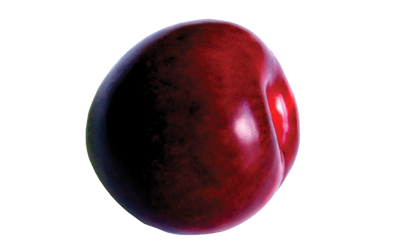
Drying Plums
Fact sheet on drying plums

Drying Chokecherries
Fact sheet on drying chokecherries

Using Dried Corn
Fact sheet on ways to use dried corn

Strawberry-Rhubarb Jelly
Try this research-tested recipe for strawberry-rhubarb jelly courtesy of the National Center for Home Food Preservation.
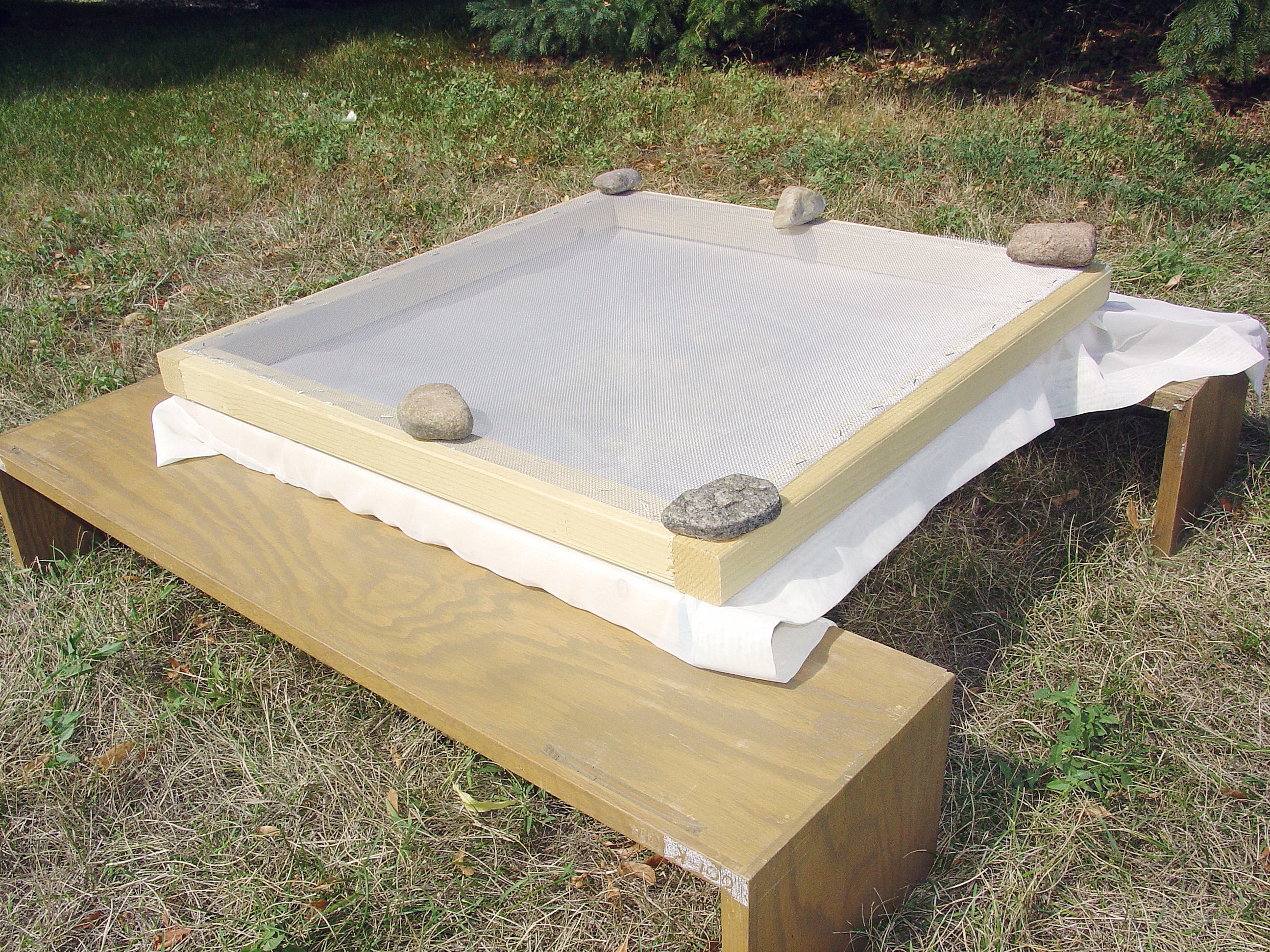
Sun-Drying – A Traditional Native American Method of Preserving Food
Curriculum developed to facilitate the education of a cultural tradition for youth in Native American and non-Native American communities.
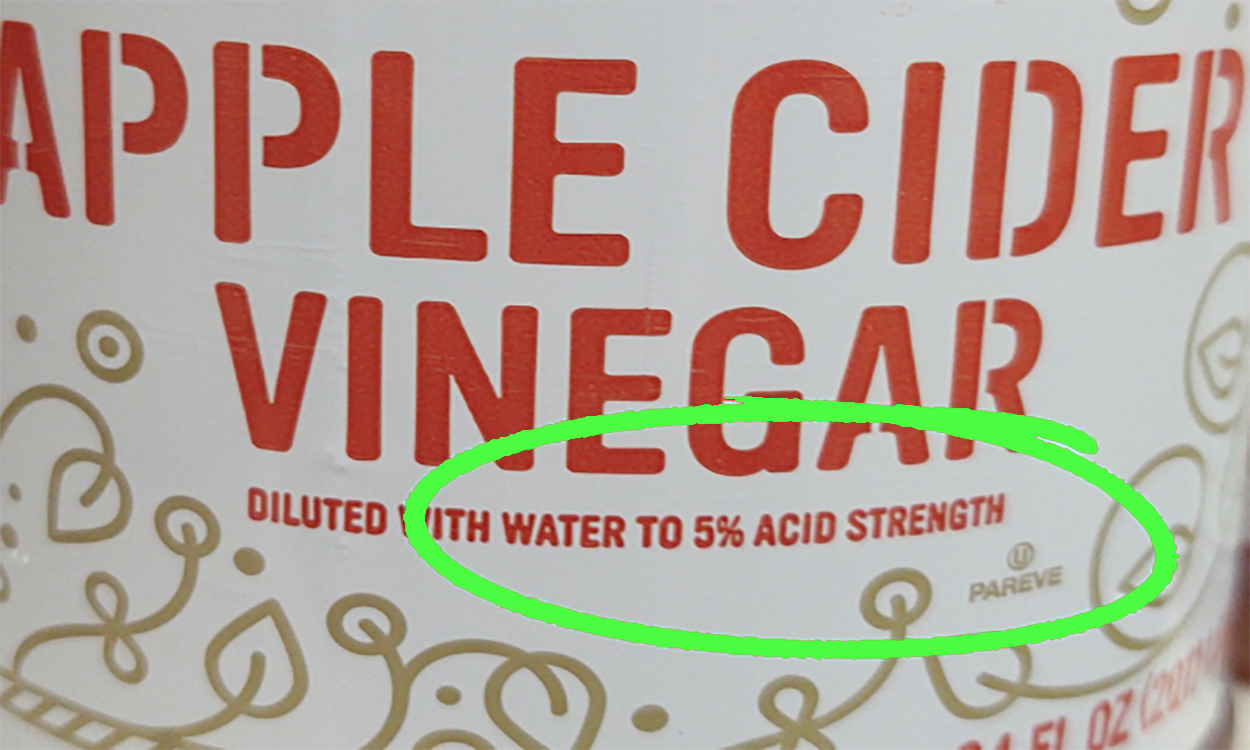
Safety Concern with Vinegar Acidity Level in Home Canning
There has been a rising concern regarding home canning and the use of 4% vinegar. Learn some important vinegar safety guidelines from the National Center for Home Food Preservation.

A Guide to Drying Foods
Fact sheet about drying foods
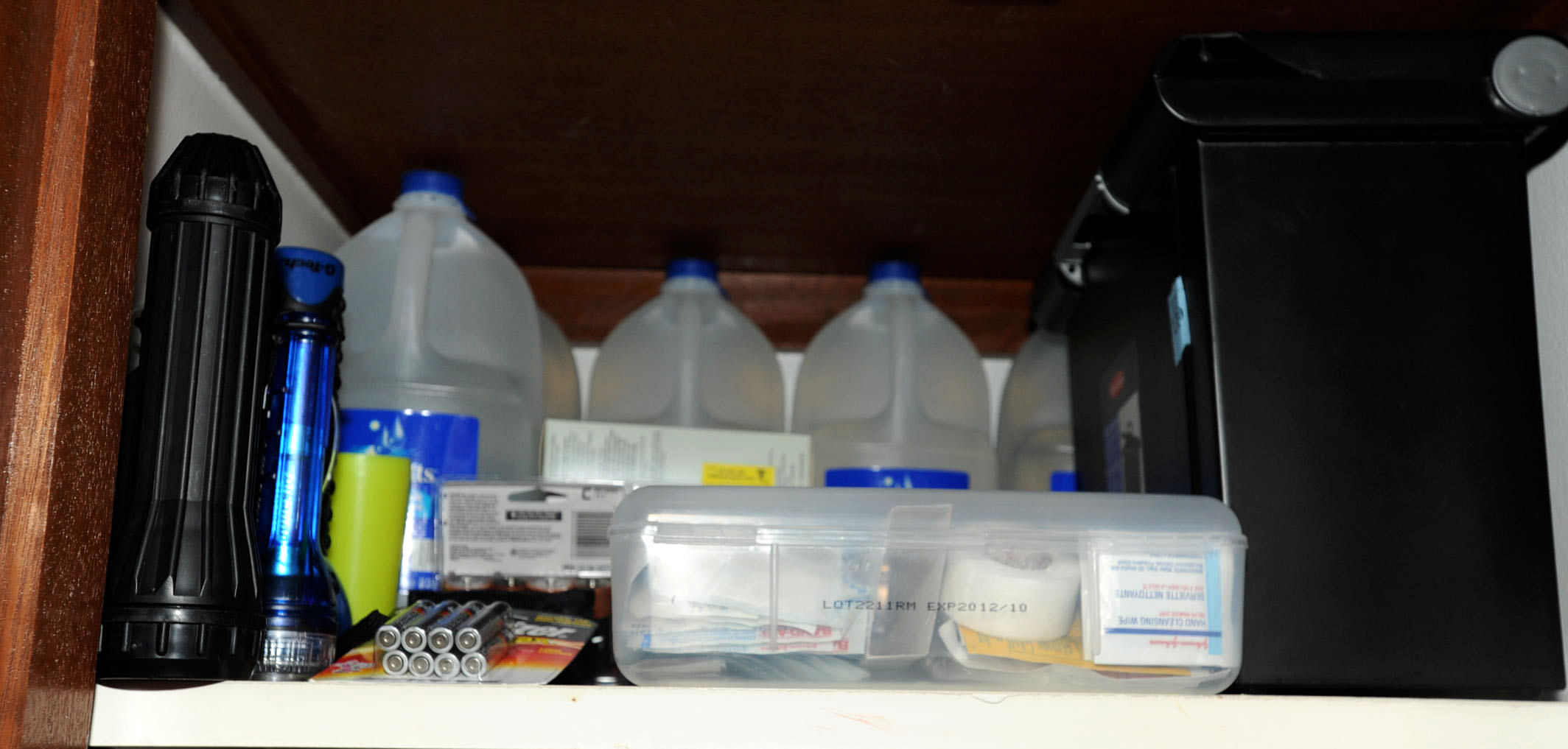
Food Safety: During & After Flooding
In the event of flooding, having a plan in place for food safety is beneficial. Knowing how to determine if food is safe and how to keep food safe will help reduce the potential for food waste and reduce the risk of foodborne illness. Here are some tips to keeping your food safe.

Checking and Treating Domestic Water Supplies After a Flood
Depending on its location, domestic well water supplies can oftentimes be negatively impacted during a flood.
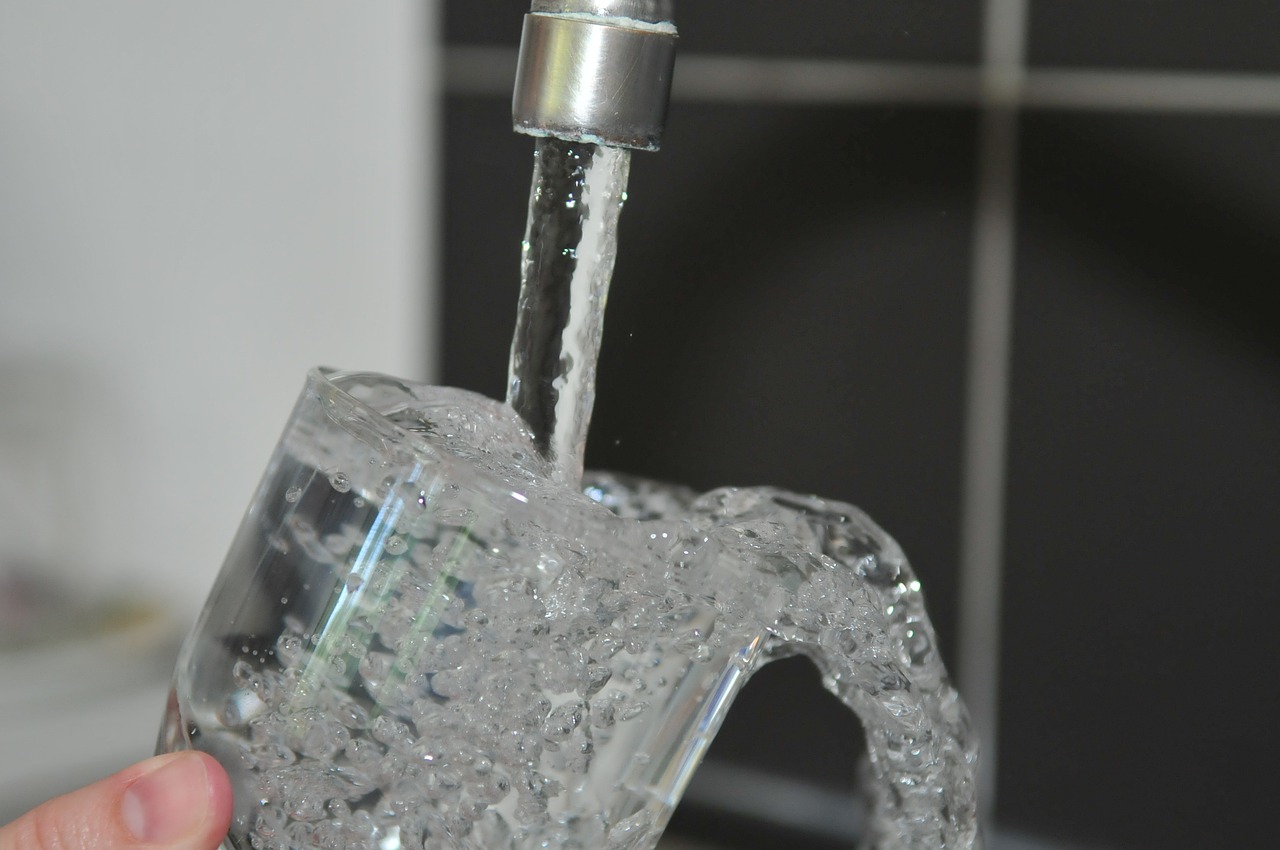
COVID-19 and Home Water Use
There have been questions regarding spread of the virus that causes COVID-19 through drinking water.